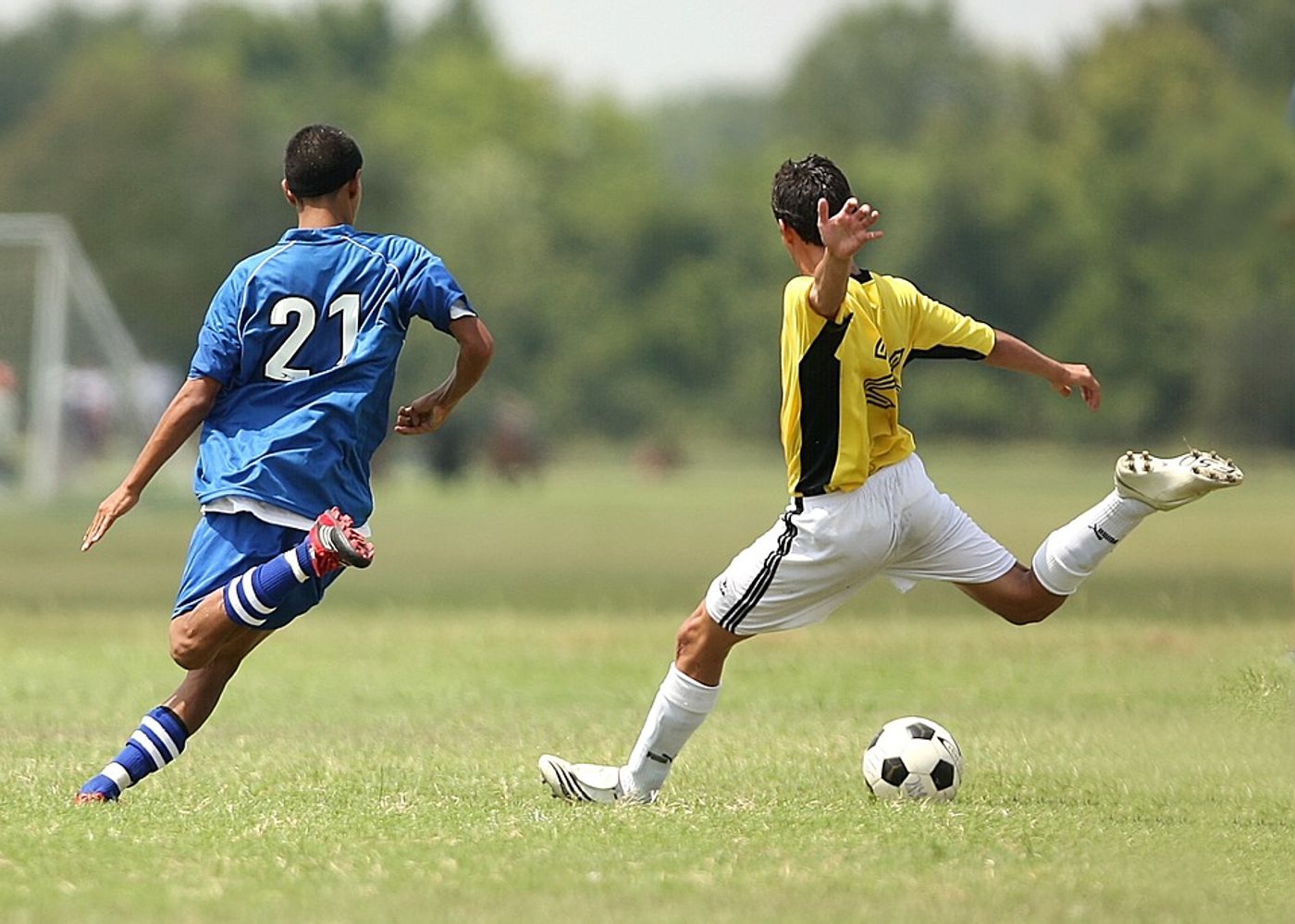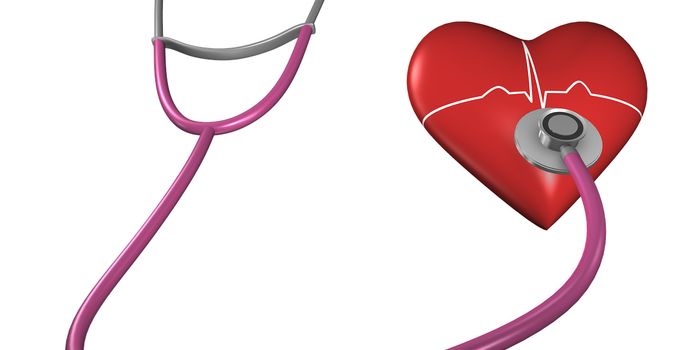Protect Young Minds With Properly Fitting Sports Equipment
Reports of concussions, a type of traumatic brain injury, in youth sports are on the rise. These injuries are most common in contact sports where hard hits or falls are common. On contact, the impact causes the brain to slam against the inside of the skull. This can cause symptoms like dizziness, difficulty sleeping or oversleeping, difficulty concentrating, headache or in extreme cases vomiting.
Due to internal or external pressures, concussions often go unreported by players so that they may continue to participate. Additionally, players and coaching staff alike may not recognize concussions when they do occur. This means that despite an increase in the number of concussions being reported, statistics likely show only a fraction of the brain injuries sustained by young athletes.
It’s important for players to be diagnosed early on and to take appropriate measures once diagnosed to heal adequately. Risks to the athlete increase for each concussion sustained, especially when they occur close together.
The above video from The National Academies of Sciences, Engineering and Medicine dives into proper sizing, placement and more to help prevent concussions in youth football, a notoriously dangerous sport for the brain.
Sources: The National Academies of Sciences, Engineering, and Medicine










